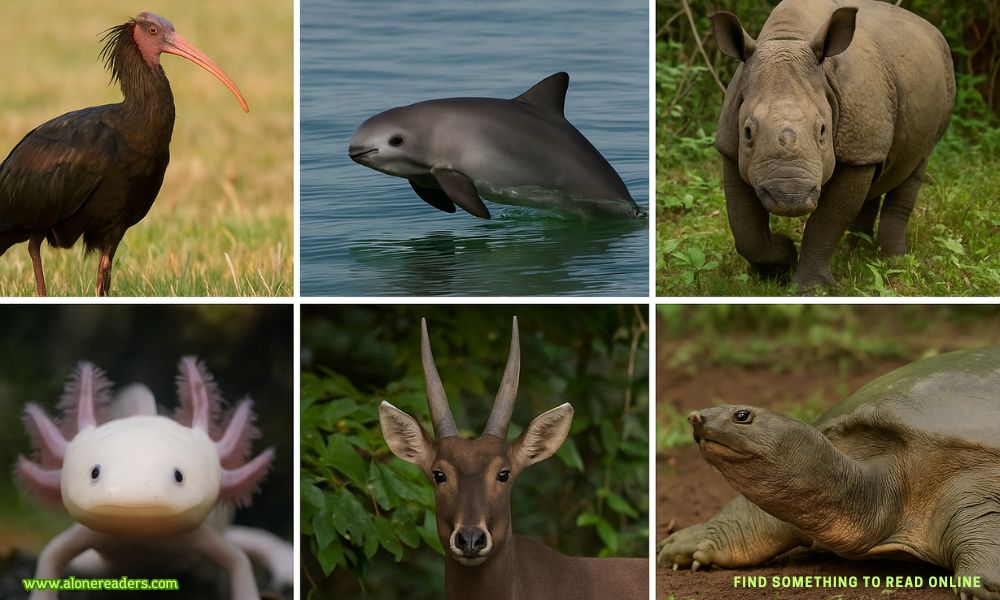
When people hear the term “endangered species,” they often picture a sad-looking panda or a polar bear on a melting iceberg. While these images tug at the heart, they only scratch the surface of a much deeper ecological emergency. The rapid decline of species is not merely a sentimental tragedy—it is a biological crisis with far-reaching consequences for ecosystems, food chains, and even the global economy. Each species plays a unique and often irreplaceable role in maintaining the health of the natural world. In this article, we explore some of the world’s most endangered animals, why their extinction would matter deeply, and what these losses signify for the planet.
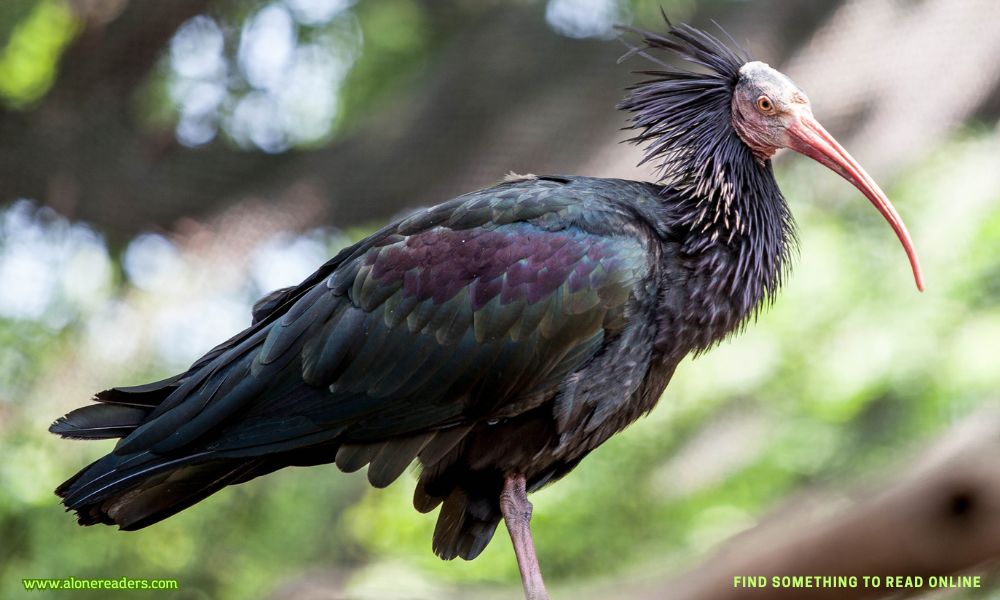
Scientific Status: Critically Endangered (IUCN)
Current Wild Population: Fewer than 500
Why It Matters:
Once revered in ancient Egypt and depicted in hieroglyphs as a symbol of brilliance and guidance, the Northern Bald Ibis has nearly vanished from its natural range. Native to Europe, the Middle East, and North Africa, its populations have plummeted due to habitat destruction, pesticide use, and hunting.
This bird plays an important role in controlling pests by feeding on invertebrates. Its decline illustrates how even symbolic or spiritual species can fall victim to modern environmental pressures. Efforts in Morocco and parts of Europe show promise, but the bird’s future is far from certain.
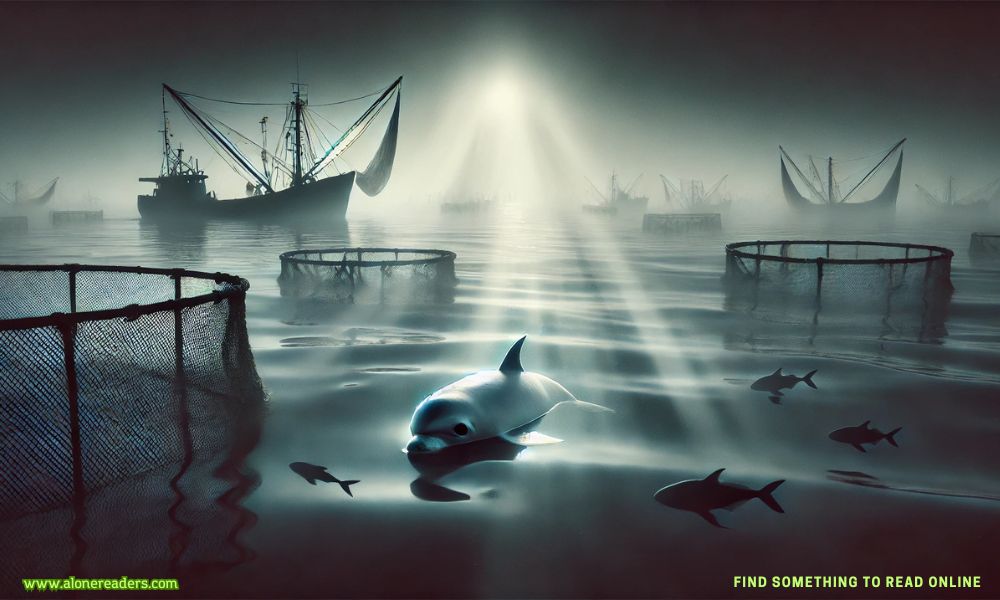
Scientific Status: Critically Endangered (IUCN)
Estimated Population: Fewer than 10 individuals as of 2024
Why It Matters:
The vaquita is the most endangered marine mammal in the world. This small porpoise, found only in the northern part of the Gulf of California, has been driven to the edge of extinction due to illegal gillnet fishing, particularly for another endangered species, the totoaba fish.
The vaquita’s imminent disappearance reflects a failure in marine conservation enforcement. It also signals a potential collapse in regional marine biodiversity. Its loss would not just be the extinction of a species but a symbol of irreversible ecological failure.
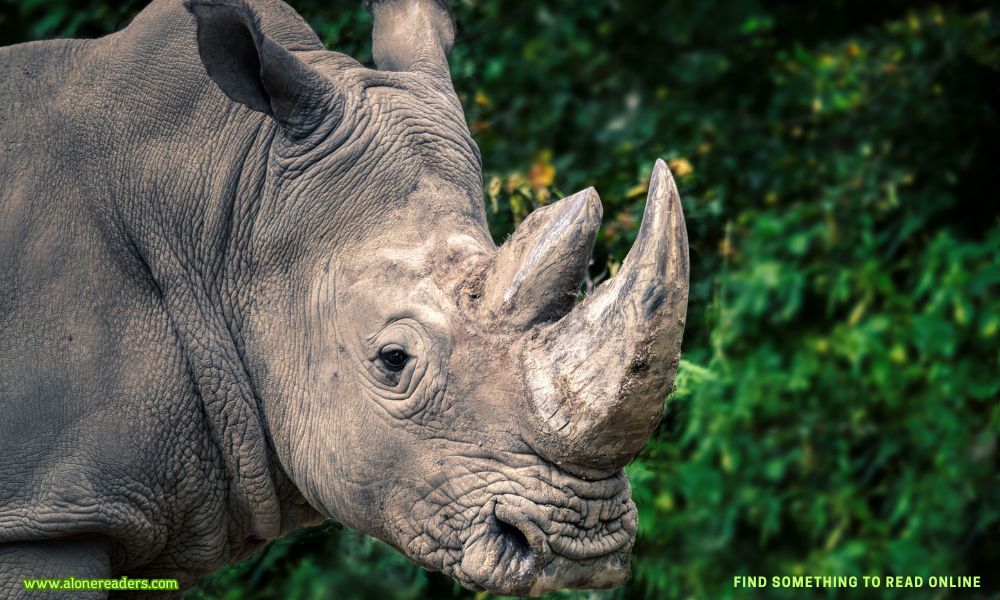
Scientific Status: Critically Endangered (IUCN)
Current Wild Population: ~76 individuals in Ujung Kulon National Park, Indonesia
Why It Matters:
The Javan Rhino once roamed across Southeast Asia. Now confined to a single national park, the species is vulnerable to natural disasters, inbreeding, and disease outbreaks.
Rhinos are mega-herbivores that shape the landscape by consuming vegetation, maintaining open spaces that support many other species. The Javan Rhino’s survival is vital for the health of lowland rainforest ecosystems. Its extinction would disrupt ecological succession and forest regeneration cycles.
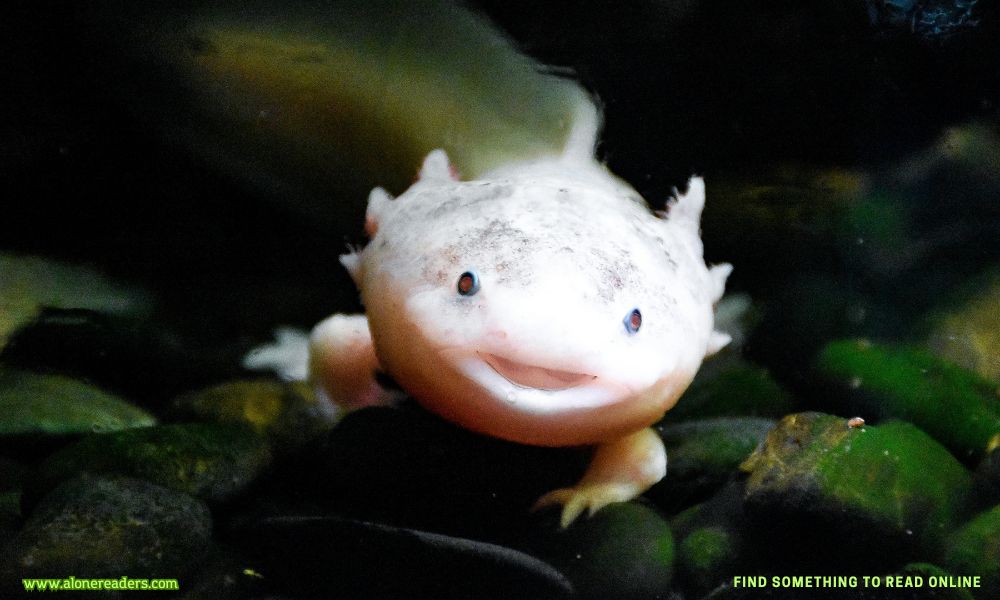
Scientific Status: Critically Endangered (IUCN)
Native Range: Lakes underlying Mexico City
Why It Matters:
The axolotl is a unique amphibian known for retaining larval features into adulthood, a condition called neoteny. Scientists prize it for its regenerative capabilities—able to regrow limbs, spinal cords, even parts of its heart and brain.
But pollution, invasive species, and urban sprawl have left it nearly extinct in the wild. Its loss would not only affect local aquatic ecosystems but also close the door on critical medical research into regeneration and tissue repair.
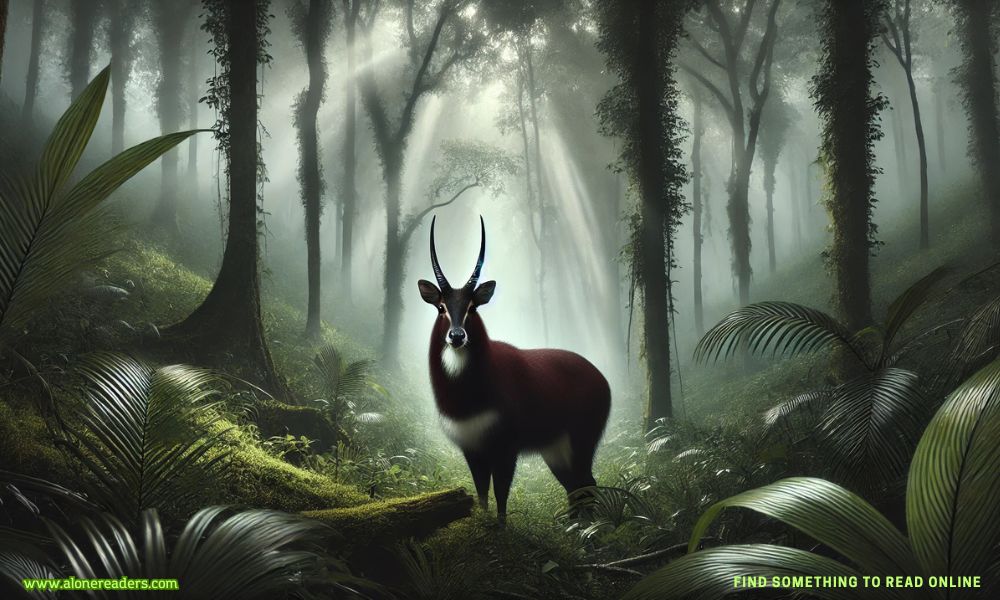
Scientific Status: Critically Endangered (IUCN)
Current Wild Sightings: Fewer than five confirmed sightings since 1996
Why It Matters:
Discovered only in 1992 in the Annamite Mountains along the Laos-Vietnam border, the saola is one of the rarest large mammals on Earth. Its population is unknown, but it's feared to be under 100 individuals.
The saola holds deep ecological significance as a grazer in tropical forest ecosystems. Its scarcity and elusiveness highlight the urgent need for proactive conservation before species vanish before fully being studied.
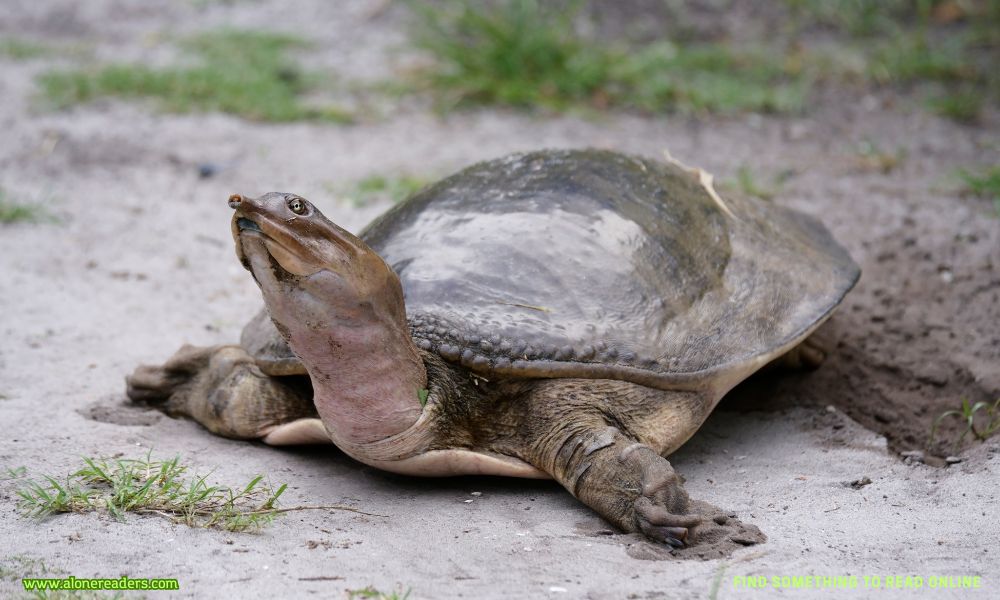
Scientific Status: Critically Endangered (IUCN)
Known Individuals: 3 (all in captivity or semi-wild conditions)
Why It Matters:
This freshwater turtle is one of the largest and rarest of its kind. It once thrived in the Yangtze River basin, but pollution, overfishing, and habitat loss have nearly eradicated it.
As a keystone species in its aquatic ecosystem, its decline signifies a broader ecological collapse. Moreover, cultural traditions in China revere turtles as symbols of wisdom and longevity. Its extinction would sever ties to both ecological and cultural heritage.
Biodiversity as Insurance:
Every species contributes to ecological resilience. Predators control populations of prey, pollinators enable food production, and scavengers clean up disease-ridden remains. Losing any component makes ecosystems more fragile, less adaptable to change, and more prone to collapse.
Scientific Discovery:
Species like the axolotl offer unparalleled insights into medicine and biology. Losing such species would not only mean ecological loss but also the disappearance of keys to future medical breakthroughs.
Cultural Significance:
Animals like the Northern Bald Ibis and Yangtze Turtle are deeply embedded in human history and culture. Their extinction breaks a thread that connects past generations to the present.
Indicator Species:
Many endangered species act as ecological indicators. A decline in their population often warns us of broader environmental problems such as climate change, pollution, or unsustainable resource use.
Habitat Destruction:
Deforestation, mining, agriculture, and urban development are rapidly erasing natural habitats. Once fragmented, habitats cannot sustain genetically diverse and stable populations.
Climate Change:
Rising temperatures, shifting weather patterns, and ocean acidification are altering habitats faster than many species can adapt.
Illegal Wildlife Trade:
Poaching and trafficking driven by traditional medicine markets, exotic pet trade, and trophy hunting are decimating already stressed populations.
Invasive Species:
Non-native species often outcompete, prey on, or introduce diseases to native populations. The introduction of tilapia and perch, for example, nearly wiped out axolotls in the wild.
Protected Areas and Reserves:
Expansion and better enforcement of protected zones can safeguard crucial habitats. The case of Ujung Kulon for the Javan Rhino shows promise when conservation is well-managed.
Captive Breeding and Reintroduction:
Programs for animals like the Northern Bald Ibis and Yangtze Turtle attempt to restore population numbers in controlled settings before reintroducing them to the wild.
Community Involvement:
Local communities must be integrated into conservation strategies, particularly in regions where people rely on the same land and resources endangered animals inhabit.
International Cooperation:
Conservation is a global issue. Cross-border wildlife corridors, anti-poaching treaties, and joint funding initiatives are essential to protect migratory and transnational species.
Conclusion: The Cost of Inaction
We are living through a sixth mass extinction event, largely driven by human activity. The loss of species like the vaquita or saola is not just about saving “cute animals.” It’s about protecting ecosystems that sustain us all, preserving scientific knowledge still waiting to be unlocked, and upholding the moral responsibility we have as stewards of the planet.
When a species disappears, it's not just a name crossed off a list—it’s an entire universe of ecological interactions, scientific possibilities, and cultural narratives gone forever. And that’s why they matter.